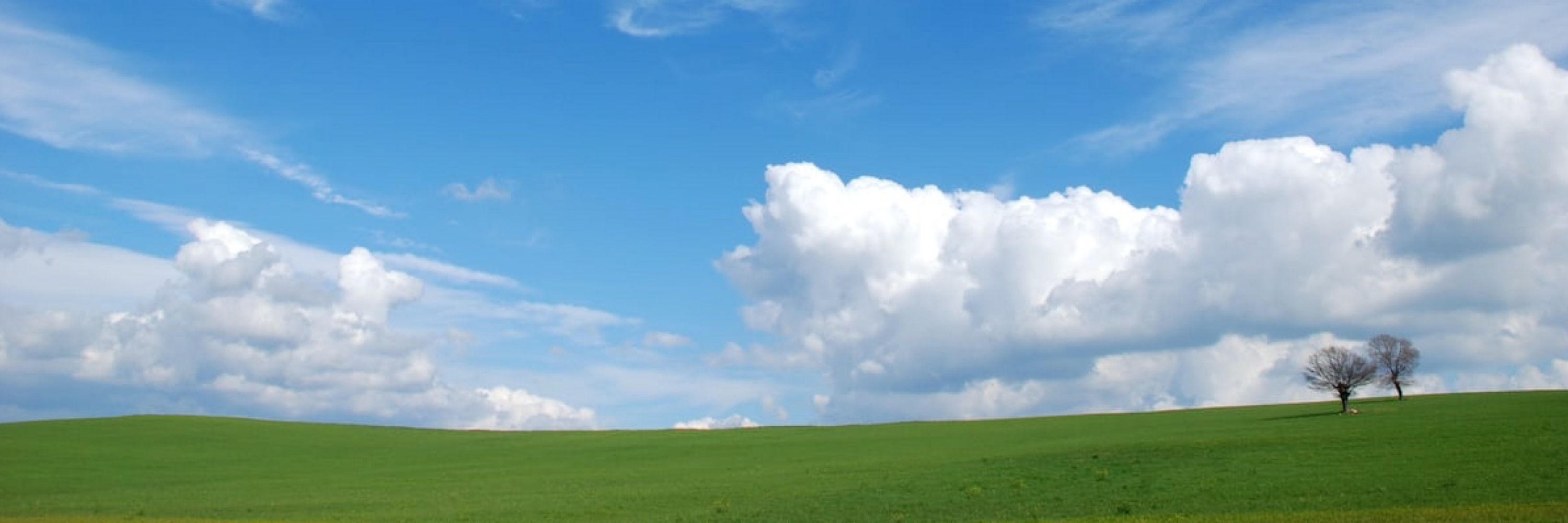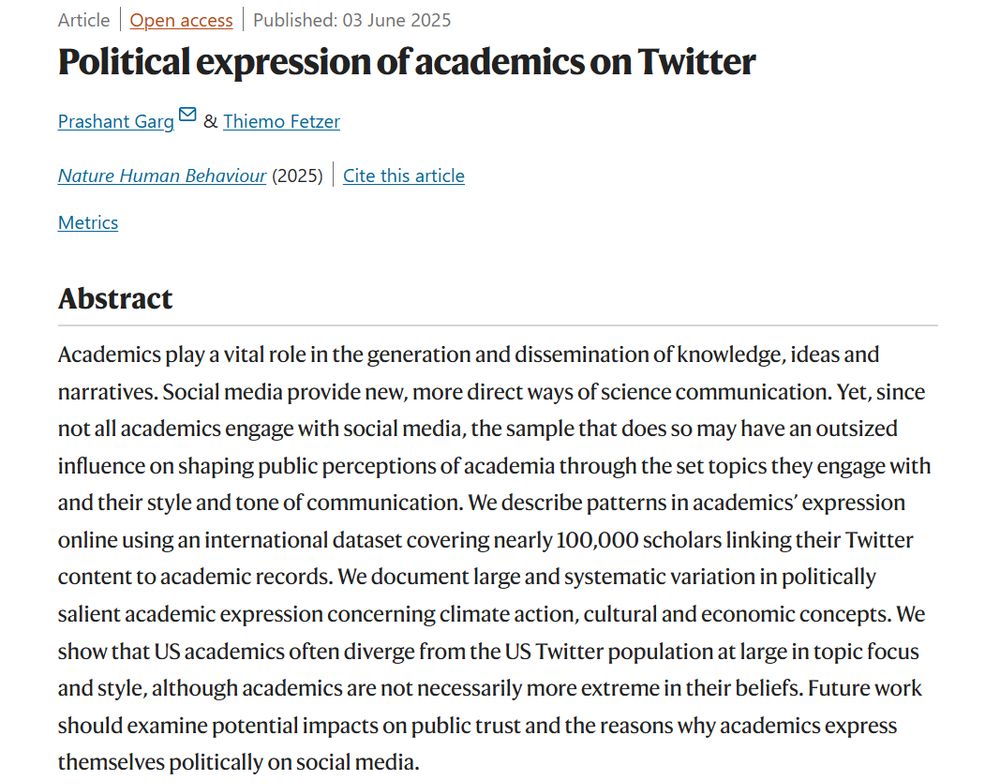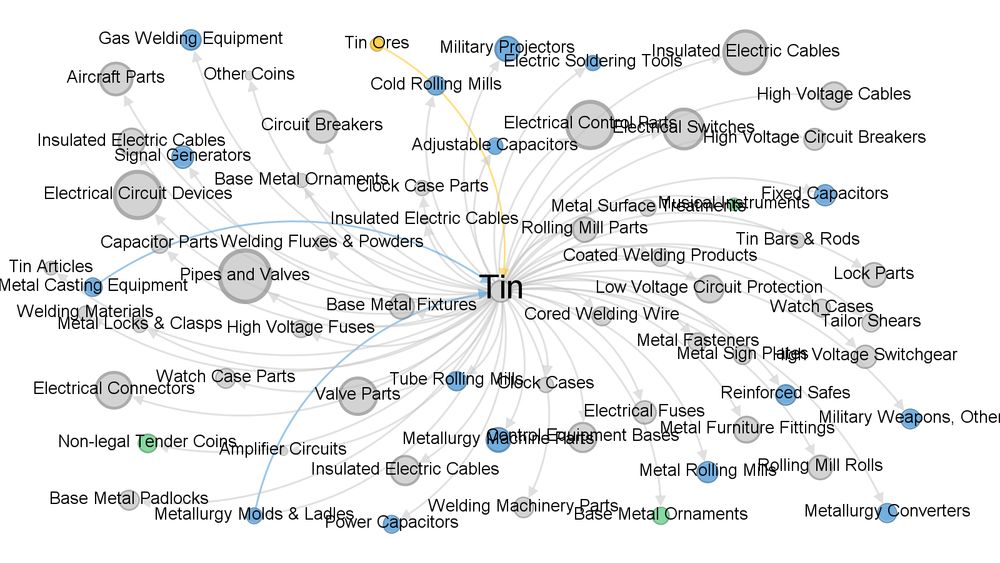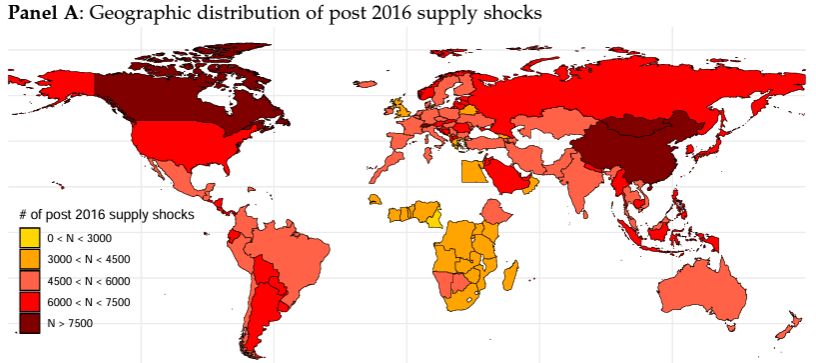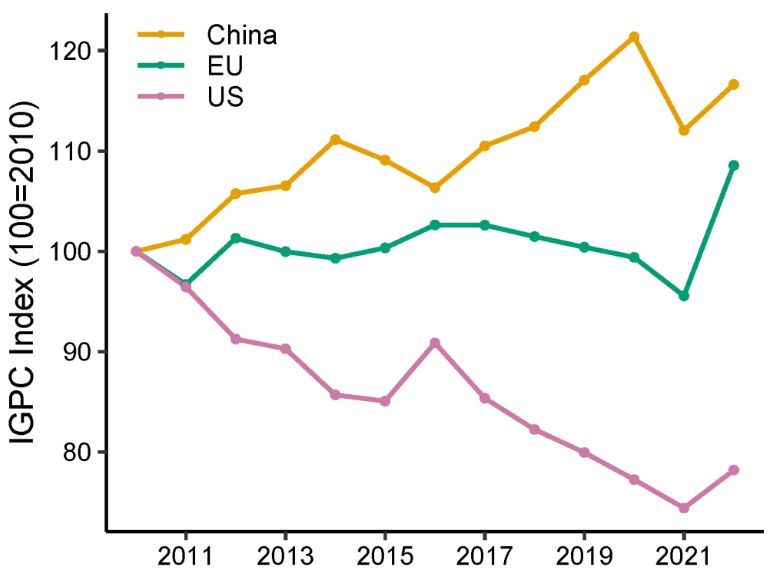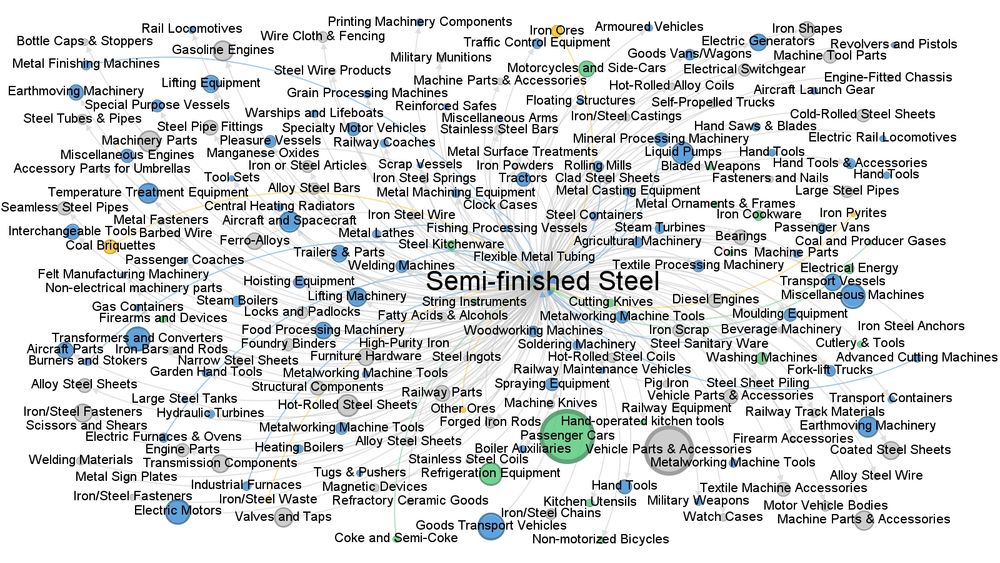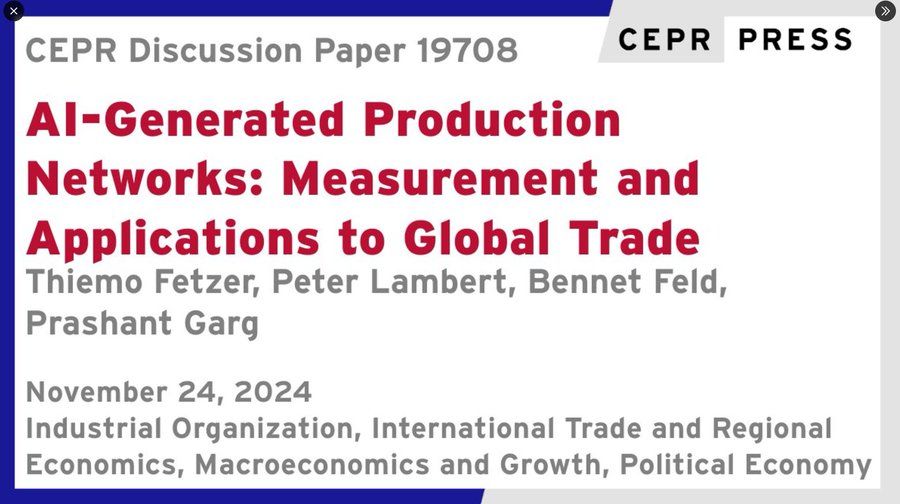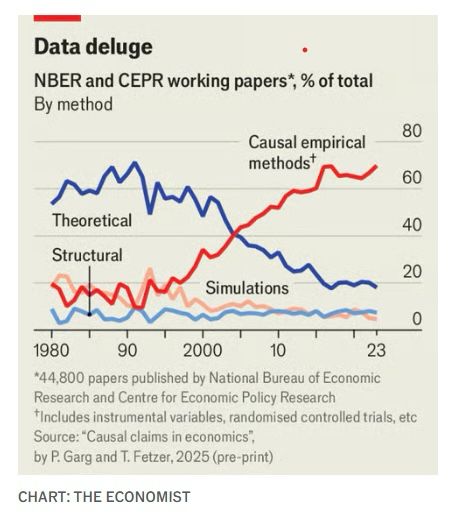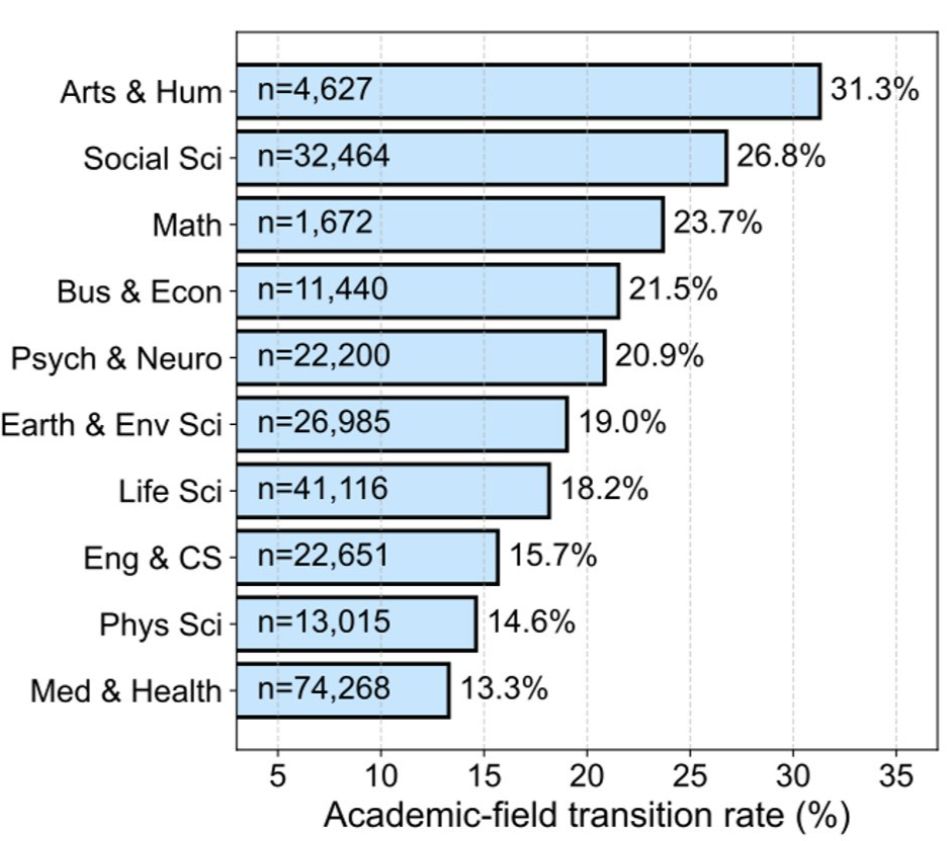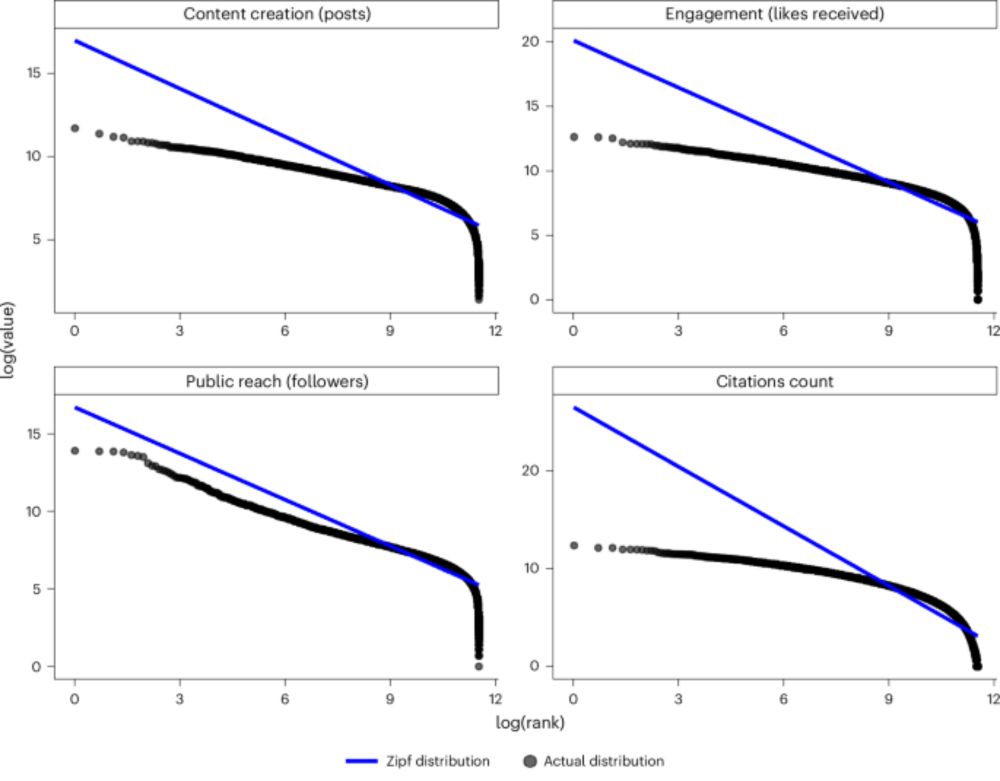Prashant Garg
@prashantgarg.bsky.social
6.1K followers
4K following
390 posts
Econ PhD @imperial. Visiting researcher at IFC and Cambridge.
AI and networks in economics.
www.prashantgarg.org
Posts
Media
Videos
Starter Packs
Pinned
Reposted by Prashant Garg
Per Engzell
@pengzell.bsky.social
· Sep 1
Reposted by Prashant Garg
Reposted by Prashant Garg
Prashant Garg
@prashantgarg.bsky.social
· Jul 24
Prashant Garg
@prashantgarg.bsky.social
· Jul 24
Prashant Garg
@prashantgarg.bsky.social
· Jul 17
Reposted by Prashant Garg
Reposted by Prashant Garg
Reposted by Prashant Garg
Marianne Saam
@mariannesaam.bsky.social
· Jun 30
Leibniz Open Science Day 2025: Better Science for Better Policies
Where? Berlin. When? 27 October 2025. Replications and meta-studies in particular are becoming increasingly crucial to ensure the reliability and validity of scientific research findings.
www.zbw.eu
Reposted by Prashant Garg
Prashant Garg
@prashantgarg.bsky.social
· Jun 20
Prashant Garg
@prashantgarg.bsky.social
· Jun 20
Prashant Garg
@prashantgarg.bsky.social
· Jun 11
Reposted by Prashant Garg
